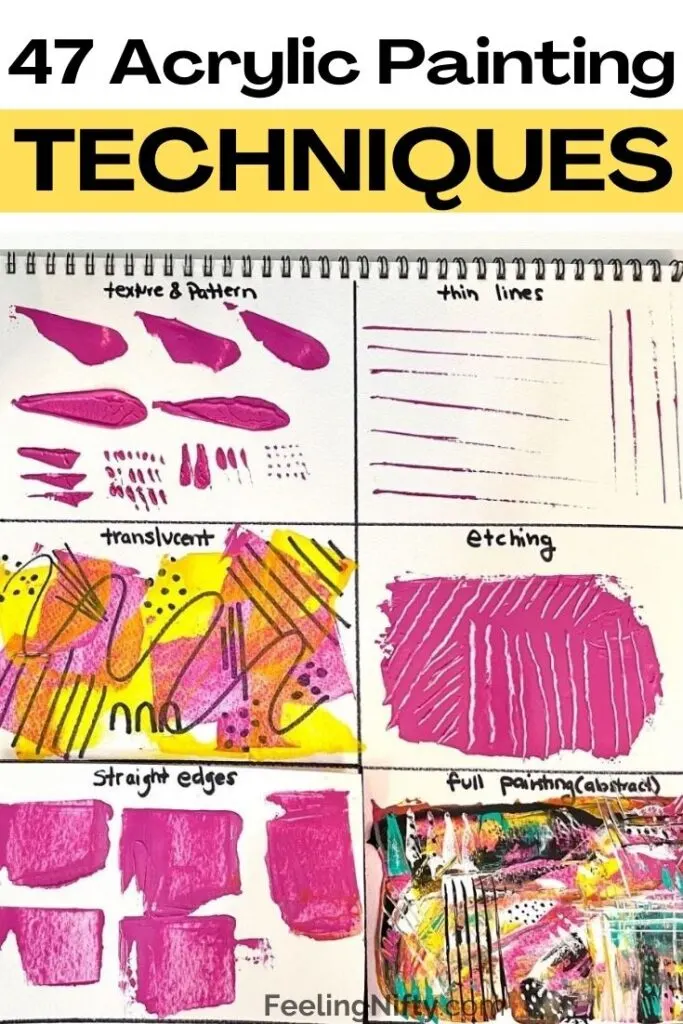CGKY News Hub
Your go-to source for the latest insights and trends.
Brush Up Your Skills with These Sneaky Painting Tricks
Unlock your inner artist! Discover sneaky painting tricks that will instantly elevate your skills and transform your artwork.
Master the Art of Color Mixing: Tips and Tricks for Stunning Paintings
Mastering the art of color mixing is essential for artists who want to elevate their paintings to new heights. Understanding the color wheel is the first step; primary colors—red, blue, and yellow—are the foundation upon which all other colors are created. By experimenting with complementary colors, which are opposite each other on the wheel, you can create vibrant contrasts that make your artwork pop. Keep a color journal where you document your experiments and successful mixtures, which will serve as a valuable reference as you progress in your artistic journey.
Another tip for perfecting your color mixing skills is to focus on the temperature of colors. Warm colors (reds, oranges, yellows) create an inviting ambiance, while cool colors (blues, greens, purples) evoke calmness. To create depth in your paintings, try mixing warm and cool colors to see how they interact. Remember to start with small amounts of paint, as it's easier to add more than to change a color that has become too dark or muted. With practice and patience, you'll soon find yourself confidently creating stunning, harmonious color palettes that captivate your audience.

10 Essential Techniques Every Painter Should Know
Painting is an art form that requires skill and knowledge of various techniques to create stunning works. Here are 10 essential techniques every painter should know to enhance their artistry:
- Color Mixing: Understanding how to mix colors effectively can help you achieve the desired shade and depth in your paintings.
- Brush Techniques: Mastering different brush strokes, such as dry brushing, wet-on-wet, and stippling, can vastly improve your painting style.
- Layering: Building up layers of paint allows for greater texture and tonal variations, creating more dynamic pieces.
- Blending: Learn how to blend colors smoothly for soft transitions that can bring realism to your work.
- Glazing: This technique involves applying a thin layer of transparent paint over a dried layer to create depth and luminosity.
In addition to mastering basic techniques, every painter should also practice the following methods:
- Underpainting: Starting with a monochromatic base can help set the tone and guide your color choices.
- Scumbling: A technique where a thin layer of lighter, opaque color is applied over a dried layer for texture.
- Impact of Light: Understanding how light interacts with colors is crucial for creating realistic images.
- Composition: A well-thought-out composition is essential for capturing the viewer's attention.
- Brush Cleanup and Maintenance: Keeping brushes clean and well cared for is vital for their longevity and the quality of your work.
How to Fix Common Painting Mistakes: Expert Tips for a Flawless Finish
Painting can be a rewarding endeavor, but even seasoned DIYers can fall victim to common painting mistakes. Here are a few tips to help you navigate these challenges effectively. First, always start with surface preparation. This includes cleaning the walls of dust and grime and ensuring any cracks or holes are patched up properly. Applying a primer may also be necessary, especially for dark colors or previously unpainted surfaces. This will not only enhance the paint's adhesion but also lead to a more vibrant finish.
Another frequent issue arises from inadequate drying time between coats. Patience is key; rushing the drying process can lead to a peeling or uneven finish. As a general guideline, allow each coat to dry thoroughly as per the manufacturer's instructions. Additionally, always use high-quality brushes and rollers to achieve a smoother application, avoiding brush strokes and roller marks in your final finish. Remember, taking time to correct these common pitfalls can make all the difference in obtaining a flawless paint job.